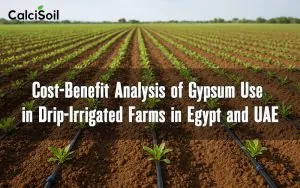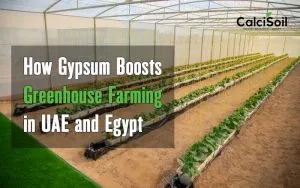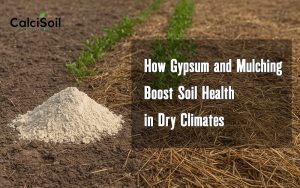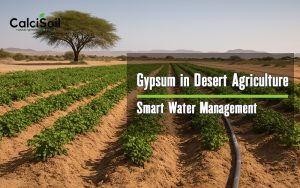
What is hydroponic system?
Hydroponic systems are effective systems for optimal plant growth without soil, using water-based mineral nutrient solutions in an artificial environment. In these systems, plants are suspended over a tank or supported by inert media such as perlite, gravel, or other substrates, and their roots are exposed to the nutritious liquid. This approach allows for precise control over environmental conditions like temperature, pH balance, and nutrient levels, which fosters rapid growth, stronger yields, and superior quality.
There are several types of hydroponic systems, each with its own unique characteristics and advantages. Here are six common types of hydroponic systems:
Wick System: This system uses a wick to draw the nutrient solution up to the plant roots. It is simple and low-cost but can be less efficient than other methods.
Water Culture: In this system, the plant roots are suspended in a water-based nutrient solution. It is easy to set up and maintain but can be prone to root rot if not properly managed.
Ebb and Flow (Flood and Drain) System: This system involves flooding the plant roots with a nutrient solution and then draining it back into a reservoir. It is a popular choice for many growers due to its ease of use and ability to provide plenty of oxygen to the roots.
Drip Systems: Drip systems deliver the nutrient solution directly to the plant roots through a network of tubes and emitters. They are highly customizable and can be used for a wide range of plants.
Nutrient Film Technique (NFT): NFT systems use a continuous flow of nutrient solution through channels or tubes, allowing plants to absorb the necessary nutrients. They are highly scalable and often used by commercial growers.
Deep Water Culture (DWC): In DWC systems, the plant roots are suspended in a nutrient-rich solution, and air is provided directly to the roots. They are easy to set up and maintain, making them a popular choice for beginners.
Each type of hydroponic system has its own advantages and disadvantages, and the choice of system depends on factors such as the type of plant being grown, the available space, and the level of customization desired.
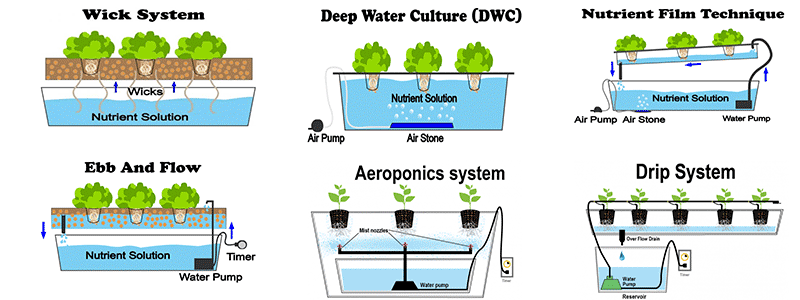
Perlite role in hydroponic systems
Perlite is a popular choice for hydroponic growers due to its unique properties, which make it an effective medium for growing plants. Here are some key benefits and considerations:
Main advantages of using perlite in hydroponic systems
The main advantages of using perlite in hydroponic systems include:
Inert, Sterile, Weed and Pathogen Free: Perlite is a sterile and inert medium, making it ideal for hydroponic systems where the risk of contamination is high.
Lightweight and Easy to Handle: Perlite is lightweight and easy to transport and handle, making it a practical choice for hydroponic growers.
Adaptable to Various Container Shapes and Sizes: Perlite can be used in a variety of hydroponic systems, including Bato buckets, Dutch buckets, and NFT systems.
Superior Air and Moisture Availability: Perlite retains its excellent air/water balance over multiple crop cycles, ensuring optimal root health and growth.
Cost-Effective and Available Worldwide: Perlite is commercially inexpensive and widely available, making it a viable option for hydroponic growers worldwide.
Long-term Stability and Reusability: Perlite can be reused multiple times if handled carefully and sterilized properly, reducing waste and costs.
Avoids Excess Moisture and Salt Buildup: Perlite’s free-draining nature prevents excess moisture and salt buildup, which can be detrimental to plant health.
These advantages make perlite a popular choice for hydroponic growers, offering a versatile and effective medium for a wide range of crops and systems.
Most compatible hydroponics systems with perlite
Perlite is versatile and can be used in various hydroponic systems. Some of the most effective systems that work well with perlite include:
Bato Bucket Systems: Perlite is ideal for use with modular systems like Bato buckets, which are designed for larger crops. The perlite-filled buckets provide excellent air and water balance, making it suitable for a variety of crops.
Nutrient Film Technique (NFT): Perlite can be used in conjunction with NFT systems to grow small-leafed crops like micro-greens. This setup ensures optimal oxygen and nutrient availability for the plants.
Grow Bags: Perlite-filled grow bags are another effective way to use perlite in hydroponics. This setup provides a controlled environment for the plants and allows for easy handling and maintenance.
Dutch Bucket Systems: Perlite can also be used in Dutch bucket systems, which are designed for larger crops. The perlite-filled buckets provide the necessary air and water balance for optimal plant growth.
Fertigation Sleeves: Perlite can be used in fertigation sleeves, which are designed for specific crops like strawberries and grapes. The perlite-filled sleeves provide the necessary oxygen and nutrient availability for optimal plant growth.
Overall, perlite is a popular choice for hydroponic systems due to its ability to provide optimal air and water balance, making it suitable for a wide range of crops and systems.

